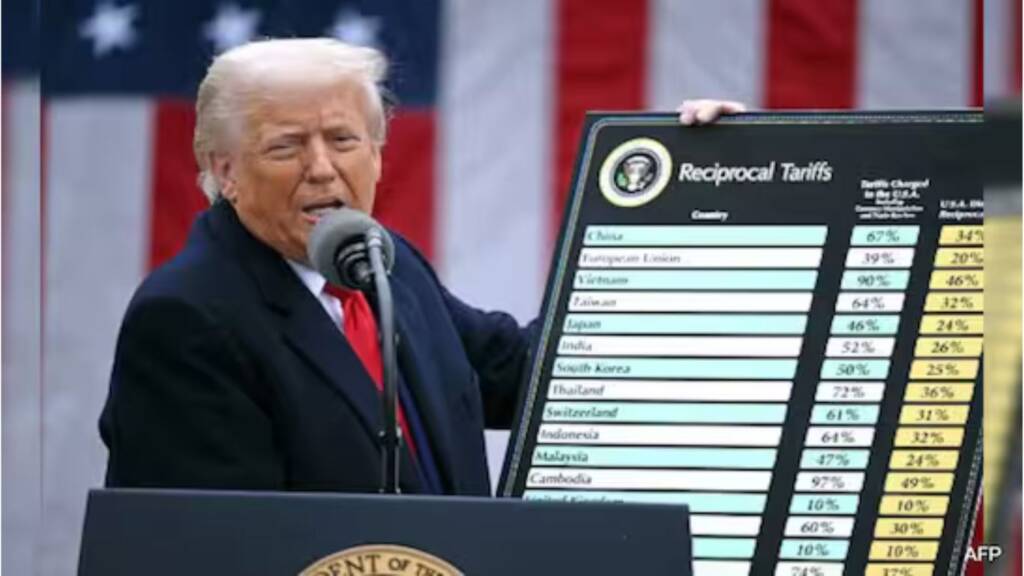US President Donald Trump has launched a sweeping tariff regime, imposing 10 percent levies on all imports and significantly higher tariffs on key trading partners. This move, termed ‘Liberation Day’ by Trump, aims to address what his administration perceives as longstanding trade imbalances, particularly targeting the so-called ‘Dirty 15’ nations, which include China, India, Canada, Mexico, Japan, and Germany.
Trump has made clear the goals he wants to accomplish through the tariffs. He thinks tariffs would bring manufacturing back to the US and increase tax revenue. The reason behind the tariffs is also to respond to unfair trade policies from other countries and incentivize crackdowns on migration and drug trafficking.
“Taxpayers have been ripped off for more than 50 years,” Trump said from the Rose Garden of the White House. “But it is not going to happen anymore.”
The List and Response
Under the new policy, tariffs range from 10 percent on most imports to significantly higher rates for certain countries. China faces the harshest blow with a 34 percent tariff, while India has been slapped with 26 percent. Japan, Taiwan, and South Korea also face hefty levies of 24 to 32 percent.
Interestingly, some of America’s closest allies, including the European Union, Israel, and Canada, have been targeted, while adversarial states like Russia, North Korea, and Belarus have escaped additional tariffs. The White House justified this by stating that these countries already face heavy sanctions and have minimal trade with the US. However, the EU and China have promised countermeasures, while South Korea has vowed an “all-out” response. The damage done at a political level with allies such as the UK may also carry its own cost, as billions are wiped off economic growth.
Impact on the US Citizens
Trump has heralded these tariffs as a declaration of ‘economic independence,’ claiming they will revive domestic manufacturing and bring jobs back to the US. The tariffs are projected to hike costs for items worth trillions of dollars imported into the United States. In 2024, the country imported $3.3 trillion in products, equivalent to more than $25,000 per family. According to Evercore, if the additional duties amount to an average of 29%, US importers would have to pay almost $1 trillion in levies each year, or $7,300 per household. However, many commodities would not be imported, potentially creating shortages and raising costs.
The tariffs could cause costs in the US to rise within the next month or two. Some products, such as Mexican produce, may see much faster price increases once the tariffs go into place. Cars, clothing and shoes, coffee, and wine are among the products that may cost Americans extra.
Will there be a recession in the world?
The US has raised tariffs on major trading partners, causing global tensions. Stocks fell after Trump’s announcement. China hit the hardest, has warned of countermeasures.
European Commission President Ursula von der Leyen says these tariffs will harm the world economy. The EU exported €382 billion worth of goods to the US in 2024. Now, a 20% tariff could reduce exports by €85 billion, hurting industries like autos and pharmaceuticals.
Goldman Sachs predicts almost no growth in the US economy for the rest of 2025. In the downside scenario, the euro area could slide into technical recession next year, with a cumulative 1.2 per cent GDP loss relative to the no-tariff baseline. The UK, facing a 10% tariff, may see job losses.
Canada and Mexico are not exempt. Auto tariffs will hit them. Overall, the US tariff rate has risen to 22%, the highest since 1910. Experts warn this could trigger a global recession as the world is now fast streaming towards a global trade war.
